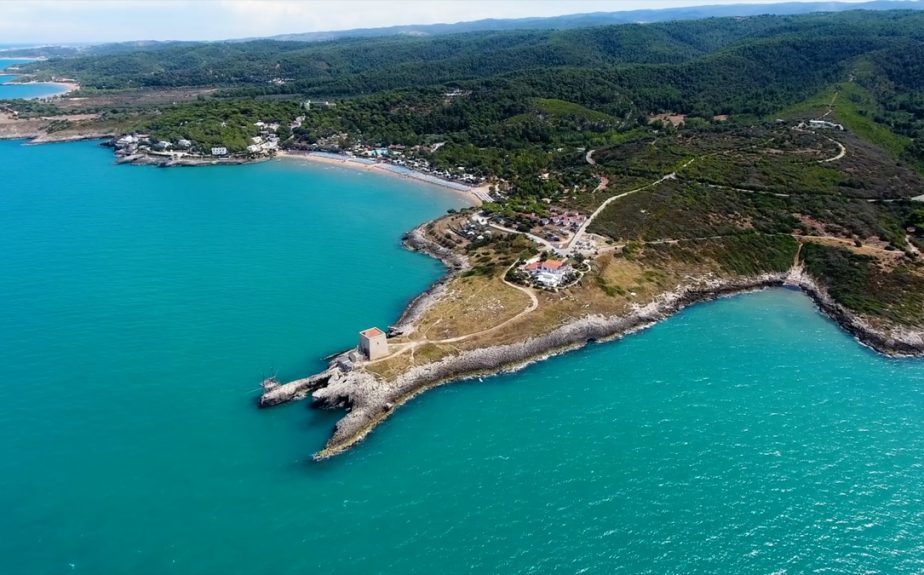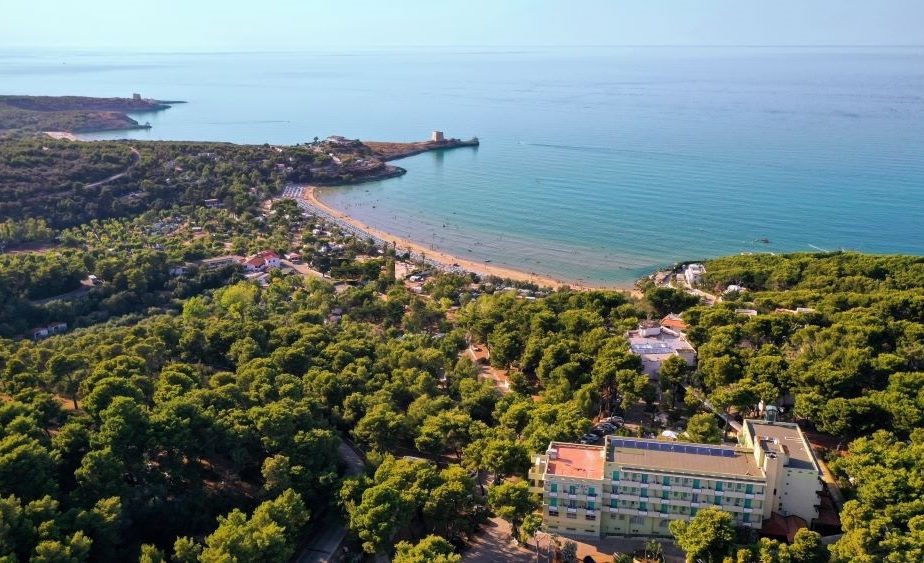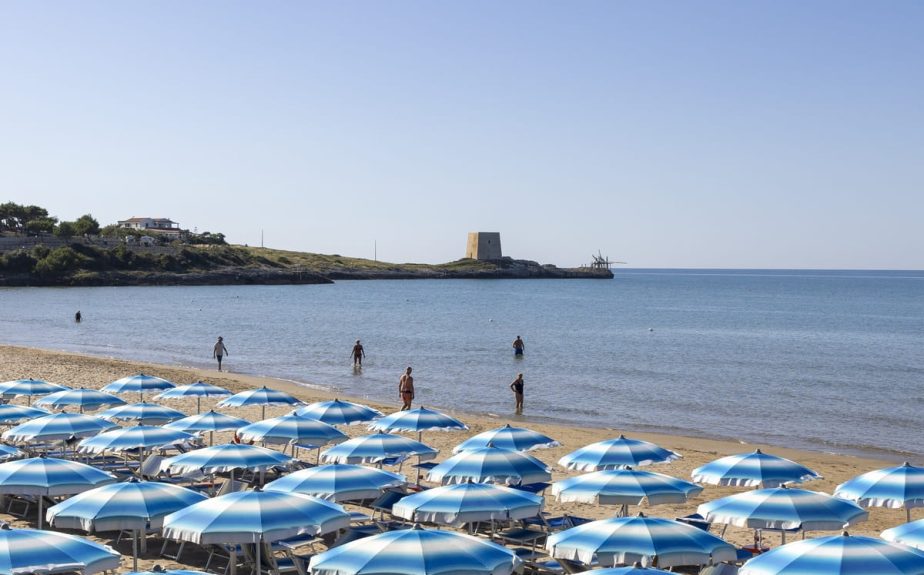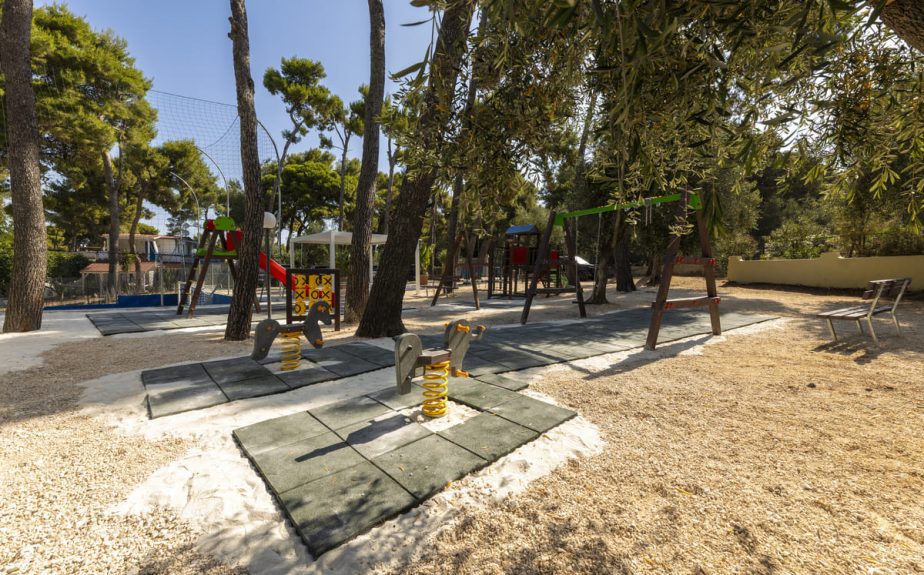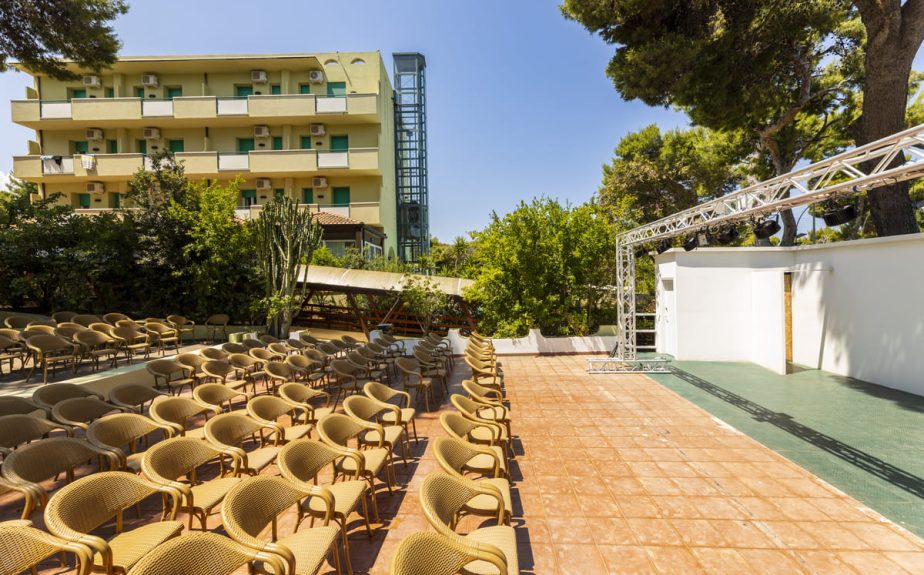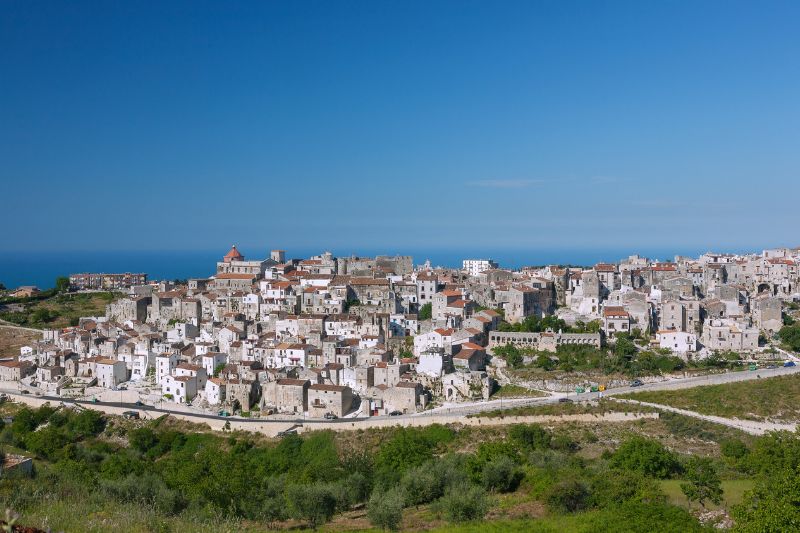
Monte Tabor Necropolis in Vico del Gargano - Hotel Paglianza
Just a few steps from the historic center of Vico del Gargano, in the province of Foggia, lies one of the oldest and most fascinating archaeological sites of the promontory: the Monte Tabor Necropolis. This burial complex, dating back to the 6th–5th century BC, was originally located on the outskirts of the ancient settlement but today is fully integrated into the modern town. It is a remarkable historical heritage site that reveals the customs, beliefs, and funerary rites of a community that lived between the Iron Age and the early Christian period.
The significance of the site was officially recognized in 1994, when the Italian Ministry of Cultural Heritage imposed an archaeological protection decree to safeguard its ancient remains.
The Characteristics of the Tombs
The burials of Monte Tabor are of the pit or sack type. They feature a rectangular or oval opening, surrounded by a small drainage channel designed to divert rainwater away from the chamber. Archaeological analysis of the grave goods suggests that bodies were laid in a fetal position, with variations in burial practices depending on the social rank of the deceased.
Excavations, begun as early as the 19th century, revealed numerous artifacts that helped reconstruct the daily life and religious practices of the community.
Grave Goods and Recovered Artifacts
Inside the tombs, archaeologists discovered bronze objects, tools, and a variety of ceramic vessels. Two main categories of pottery were identified:
- a coarse impasto ceramic, thick and heavy, used for large everyday containers;
- a finer ceramic, made of smoothed clay with geometric decorations, intended for more prestigious contexts.
These finds not only allowed scholars to date the necropolis but also provided valuable insights into the socio-economic conditions of the community. Human and animal remains were also uncovered, showing that the necropolis contained burials for men, women, and children, painting a fuller picture of ancient life in Gargano.
The History of Archaeological Research
The Monte Tabor Necropolis was first mentioned in 1876 by scholar A. Angelucci in his book Prehistoric and Historical Research of Southern Italy, which highlighted its importance as an archaeological landmark. In the 1950s, a team from the Institute of Anthropology at the University of Padua explored the site, identifying numerous sack-type tombs, many already damaged or looted.
Despite these losses, the excavations brought to light invaluable artifacts, now preserved in the Civic Archaeological Museum of Vico del Gargano, where visitors can admire them today.
A Must-See Stop During a Trip to Gargano
The Monte Tabor Necropolis combines archaeological fascination with historical depth. Visiting Vico del Gargano means experiencing not only the charm of a medieval town and the beauty of the surrounding landscapes but also the memory of ancient civilizations that left their mark on this territory.
For those staying at Hotel Paglianza, a visit to Monte Tabor offers a unique cultural experience that enriches the holiday, adding the perspective of the millennia-old history of Gargano, where every stone tells a story.


